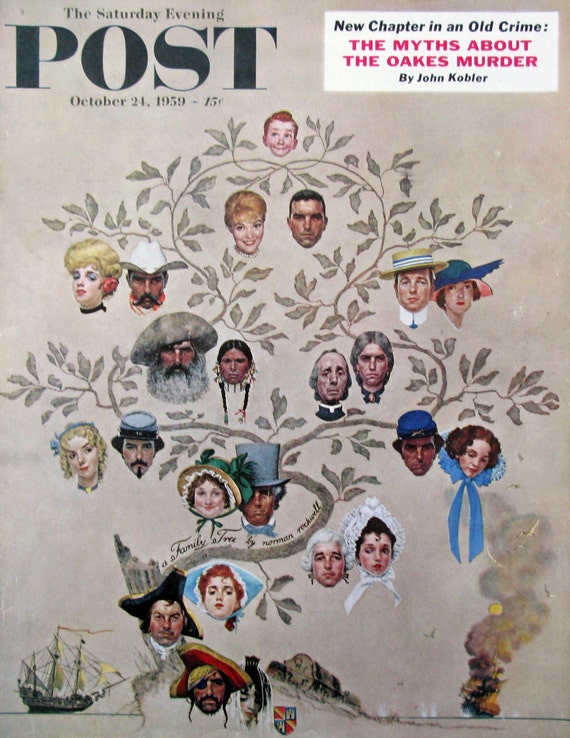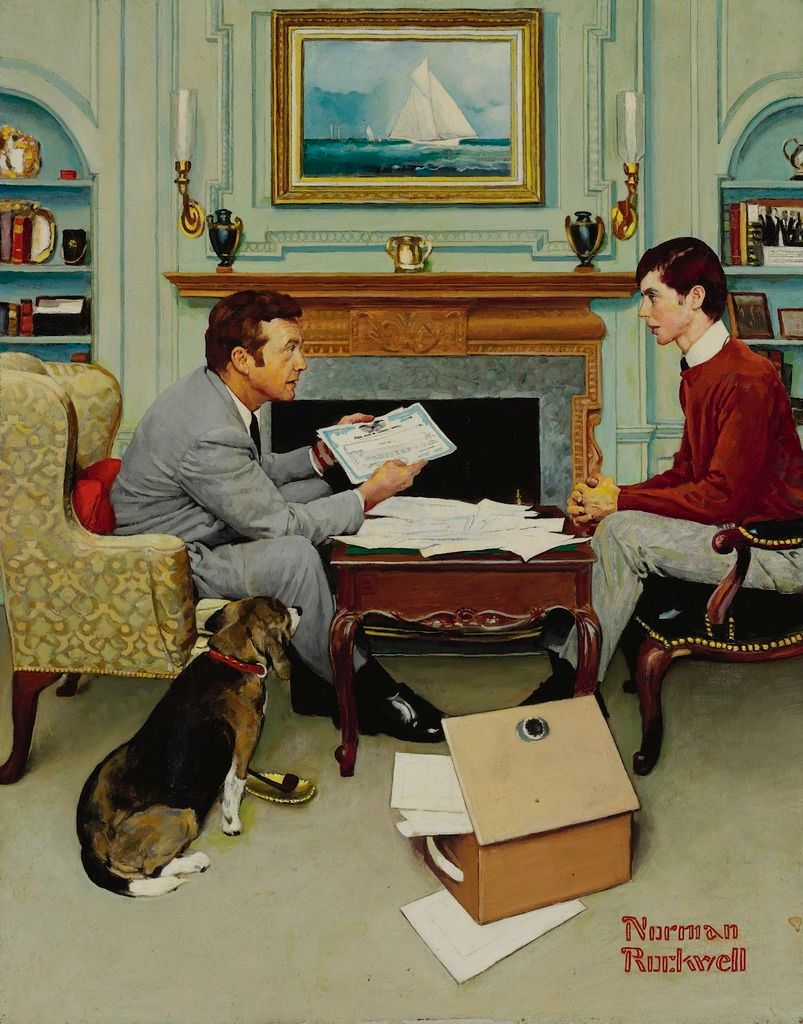I discovered a YouTube video of my hometown of a film supposedly made in 1941:
I grew up in Princeton, West Virginia, a small railroad town ten miles inside the state line on U.S. 460, an east-west highway that goes through Blacksburg, Virginia, and Bluefield, West Virginia. It was the southern end of the West Virginia State Turnpike when that was completed in the 1950s.
Some of the film is of poor quality and none of it is exactly that great. But it shows some interesting street scenes that captures what people looked like on a trip downtown--or uptown, depending on where you lived. The scenes I recognized were either on the main business district, a four or five block stretch of road in the center of town. I noticed the two and only movie theaters in some parts. They were across the street from one another. Other scenes were around the courthouse, several blocks away from the business district.
There were a few buildings in town that approached monumental architecture. The courthouse was imposing, if not exactly beautiful. It was designed by a man who was educated in France but it doesn't look at all French. There was a Baptist church seen briefly that had aspirations of being a Greek temple and it was in fact referred to as a temple. The post office, however, was a place more people actually visited frequently. It was also an imposing structure of a beautiful sandstone that turned gray-brown over the years. It's now the city library.
The people walking up and down the sidewalks are especially interesting, though, and might be taken to represent typical small town Americans, probably on a Saturday. There is a great variety in the way people are dressed. Many wear hats but hardly everyone. It must have been a nice summer day since many are in shirtsleeves. A few young men are even in t-shirts. As far as I noticed, all the women are wearing dresses, all with hemlines exactly the same length. Their hairstyles are generally the same, too, allowing for their ages. Most people seem rather thin, too, except for a few older people. Men's neckties were fashionably short that year, it seems. Overall, there were a lot of people out on the sidewalks when the movies were made. It seemed a lot busier than Bedford Falls, for instance.
I was born in 1946 and by the time I was old enough to remember very much, little had changed. Things started happening in the 1970s and they weren't good things.
I grew up in Princeton, West Virginia, a small railroad town ten miles inside the state line on U.S. 460, an east-west highway that goes through Blacksburg, Virginia, and Bluefield, West Virginia. It was the southern end of the West Virginia State Turnpike when that was completed in the 1950s.
Some of the film is of poor quality and none of it is exactly that great. But it shows some interesting street scenes that captures what people looked like on a trip downtown--or uptown, depending on where you lived. The scenes I recognized were either on the main business district, a four or five block stretch of road in the center of town. I noticed the two and only movie theaters in some parts. They were across the street from one another. Other scenes were around the courthouse, several blocks away from the business district.
There were a few buildings in town that approached monumental architecture. The courthouse was imposing, if not exactly beautiful. It was designed by a man who was educated in France but it doesn't look at all French. There was a Baptist church seen briefly that had aspirations of being a Greek temple and it was in fact referred to as a temple. The post office, however, was a place more people actually visited frequently. It was also an imposing structure of a beautiful sandstone that turned gray-brown over the years. It's now the city library.
The people walking up and down the sidewalks are especially interesting, though, and might be taken to represent typical small town Americans, probably on a Saturday. There is a great variety in the way people are dressed. Many wear hats but hardly everyone. It must have been a nice summer day since many are in shirtsleeves. A few young men are even in t-shirts. As far as I noticed, all the women are wearing dresses, all with hemlines exactly the same length. Their hairstyles are generally the same, too, allowing for their ages. Most people seem rather thin, too, except for a few older people. Men's neckties were fashionably short that year, it seems. Overall, there were a lot of people out on the sidewalks when the movies were made. It seemed a lot busier than Bedford Falls, for instance.
I was born in 1946 and by the time I was old enough to remember very much, little had changed. Things started happening in the 1970s and they weren't good things.




.jpg/300px-Jesaja_(Michelangelo).jpg)



